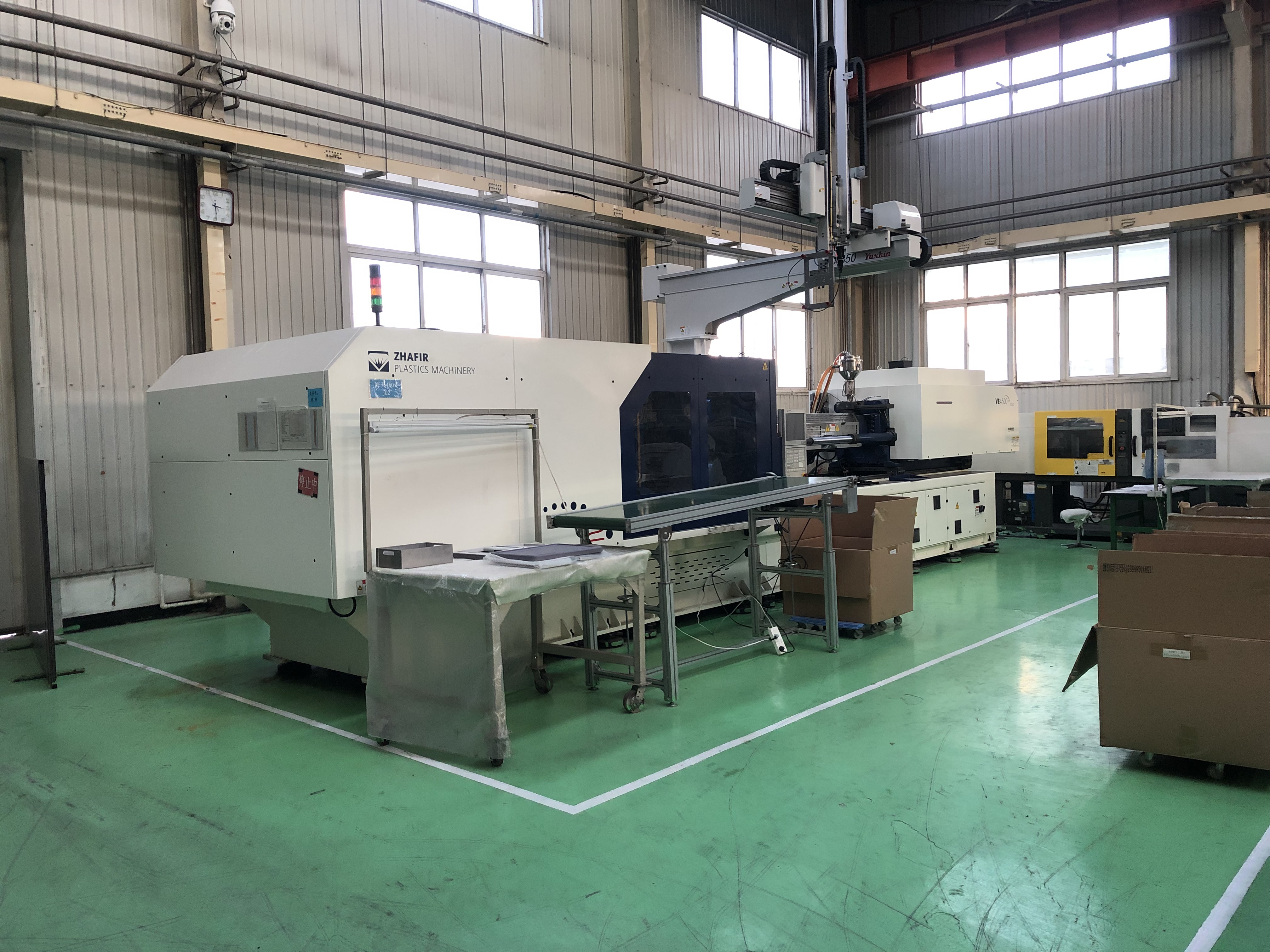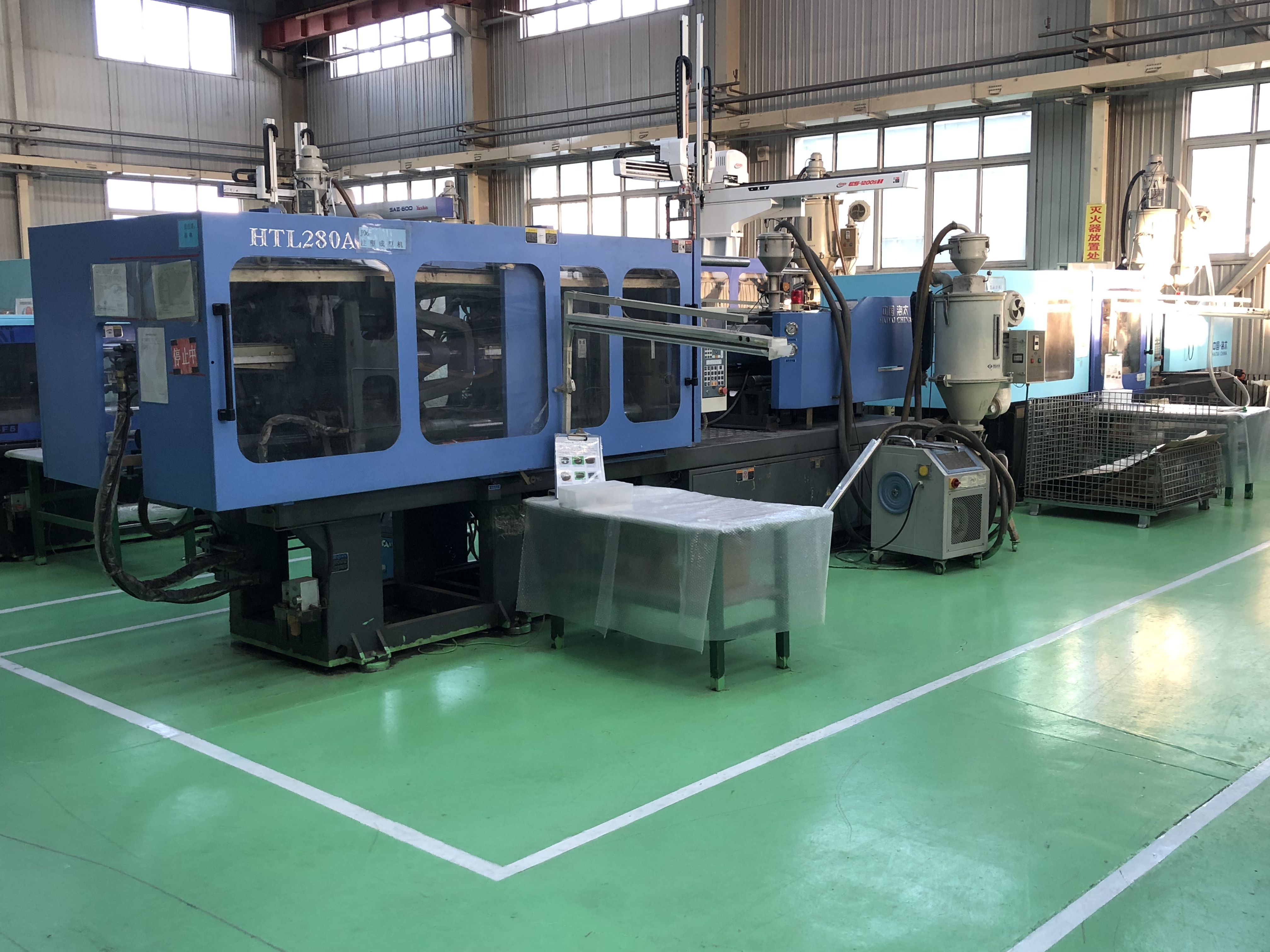The temperature in the injection mold is uneven at various points, which is also related to the time point in the injection cycle. The function of the mold temperature machine is to keep the temperature constant between 2min and 2max, which means to prevent the temperature difference from fluctuating up and down during the production process or the gap. The following control methods are suitable for controlling the temperature of the mold: Controlling the temperature of the fluid is the most commonly used method, and the control accuracy can meet the requirements of most situations. Using this control method, the temperature displayed in the controller is not consistent with the mold temperature; the temperature of the mold fluctuates considerably because the thermal factors affecting the mold are not directly measured and compensated.
These factors include changes in the injection cycle, injection speed, melting temperature and Room temperature. The second is the direct control of mold temperature. This method is to install a temperature sensor inside the mold, which is only used when the mold temperature control accuracy is relatively high. The main features of mold temperature control include: the temperature set by the controller is consistent with the mold temperature; the thermal factors affecting the mold can be directly measured and compensated. Under normal circumstances, the stability of the mold temperature is better than by controlling the fluid temperature. In addition, the mold temperature control has better repeatability in the production process control. The third is joint control. Joint control is a synthesis of the above methods, it can control the temperature of the fluid and the mold at the same time. In joint control, the position of the temperature sensor in the mold is extremely important. When placing the temperature sensor, the shape, structure, and location of the cooling channel must be considered. In addition, the temperature sensor should be placed in a place that plays a decisive role in the quality of injection molded parts. There are many ways to connect one or more mold temperature machines to the injection molding machine controller. It is best to use a digital interface in terms of operability, reliability and anti-interference.
The heat balance of the injection mold controls the heat conduction between the injection molding machine and the mold is the key to the production of injection molded parts. Inside the mold, the heat brought by the plastic (such as thermoplastic) is transferred to the material and the steel of the mold through thermal radiation, and transferred to the heat transfer fluid through convection. In addition, heat is transferred to the atmosphere and the mold base through thermal radiation. The heat absorbed by the heat transfer fluid is taken away by the mold temperature machine. The thermal balance of the mold can be described as: P=Pm-Ps. Where P is the heat taken away by the mold temperature machine; Pm is the heat introduced by the plastic; Ps is the heat emitted by the mold to the atmosphere. The purpose of controlling mold temperature and the influence of mold temperature on injection molded parts In the injection molding process, the main purpose of controlling mold temperature is to heat the mold to working temperature, and to keep the mold temperature constant at the working temperature.


If the above two points are successful, the cycle time can be optimized to ensure the stable high quality of injection molded parts. Mold temperature will affect surface quality, fluidity, shrinkage, injection cycle and deformation. Excessive or insufficient mold temperature will have different effects on different materials. For thermoplastics, a higher mold temperature will usually improve the surface quality and fluidity, but will extend the cooling time and injection cycle. A lower mold temperature will reduce the shrinkage in the mold, but will increase the shrinkage of the injection molded part after demolding. For thermoset plastics, a higher mold temperature usually reduces the cycle time, and the time is determined by the time required for the part to cool. In addition, in the processing of plastics, a higher mold temperature will also reduce the plasticizing time and reduce the number of cycles.
Mechanical processing is more complex than sheet metal processing, mainly processing parts, materials are generally block or whole, but there are plates. It is mainly to use professional processing machines for cutting processing, generally now used are lathes, milling machines, grinding machines, wire cutting, CNC, spark machine and other processing equipment.
Sheet metal processing is simple sheet metal processing, such as computer case, distribution box, the machine tool is generally CNC punch, laser cutting, bending machine, shearing machine and so on. But machining is not the same as sheet metal processing it is the wool embryo material processing parts, such as shaft type hardware parts is machined.

Post time: Oct-17-2021
